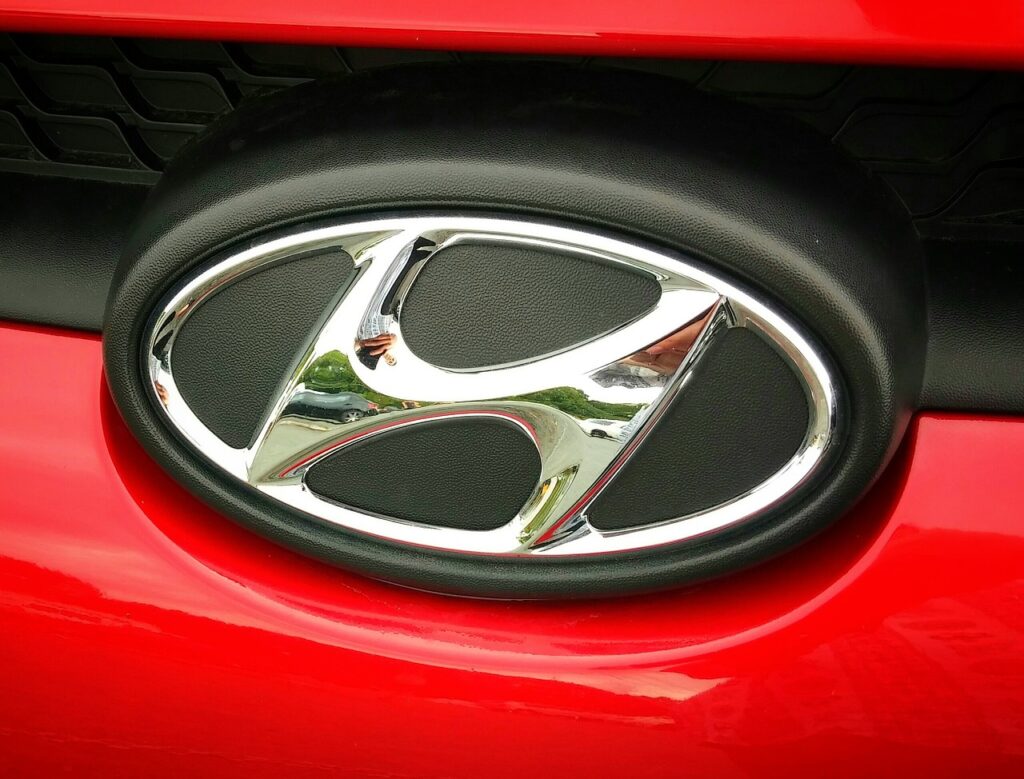Hyundai Rotem, one of South Korea’s leading tank manufacturers, presented a vision for the next generation of main battle tanks (MBTs) at the recent ADEX 2023 arms exhibition held in Seoul. While the K2 “Black Panther” currently serves as South Korea’s advanced MBT, discussions about its eventual replacement have been ongoing among senior military officials. Hyundai’s concept, known as Next Gen MBT (NG MBT), represents a significant step towards that future.
At first glance, it may appear unusual for South Korea, a nation already equipped with the modern K2, to explore new tank designs. However, foresight and preparation for the future are key considerations. The NG MBT, while currently in the conceptual stage, offers intriguing insights into the possibilities for the future of armored warfare.
One of the standout features of the NG MBT concept is its unconventional layout. Unlike traditional tanks, this South Korean design opts for an uninhabited turret and places a crew of three in an isolated compartment at the front of the hull, a design concept reminiscent of Russia’s T-14 Armata. While such designs have been met with skepticism in the past due to the high requirements for electronics and automation, they offer several advantages.
This layout significantly reduces the internal volume of the turret, allowing for more efficient armor distribution. Placing the crew in a single compartment maximizes protection against anti-tank weapons. Moreover, an uninhabited turret provides a versatile platform for integrating various features, from different caliber guns to launchers for drones or missiles.
The NG MBT is planned to be armed with a 130mm smoothbore gun featuring a fully automated loading cycle. The decision to adopt this caliber is logical, as the widely-used 120mm caliber has reached its limits in terms of increasing muzzle energy, an essential factor for the development of kinetic projectiles. A 130mm gun provides a significant boost in muzzle energy without substantially increasing the dimensions and weight of ammunition, a balance that addresses the needs of modern armored warfare.
Hyundai engineers have equipped the NG MBT with additional firepower, including a remote-controlled 12.7mm machine gun and an anti-tank missile launcher integrated into the turret. Furthermore, the tank will feature a reconnaissance quadcopter for target identification and battlefield surveillance.
One of the more intriguing aspects of this concept is the planned integration of artificial intelligence (AI) to assist tank crews in battle. AI systems, similar to those currently being tested in the United States and Israel, are designed to search and identify targets using neural network algorithms, enhancing the situational awareness of the tank’s crew. These systems process data from the tank’s sensors and provide critical information on threats and firing solutions, optimizing the tank’s combat capabilities.
The NG MBT’s creators have not overlooked the importance of protection. In addition to traditional armor, the tank will employ stealth technologies to reduce visibility to radar stations and infrared surveillance devices. Electronic warfare equipment will be utilized to disrupt communication channels of enemy drones, and the tank will feature dynamic protection and an active countermeasures system to intercept and neutralize incoming projectiles, such as rockets or missiles.
Regarding the powerplant, Hyundai has envisioned a cutting-edge approach. The tank is designed to operate with a diesel-electric hybrid power plant, enabling it to run on diesel fuel or electricity stored in batteries. However, the most ambitious part of this concept is the incorporation of a hydrogen engine.
The hydrogen engine operates based on chemical reactions between hydrogen and oxygen in a fuel cell, producing electrical energy. This results in a completely silent tank operation, high mobility, and a substantial range, which is not possible with traditional fuels. However, challenges include the explosiveness of hydrogen cylinders and the complexities associated with refueling or replacement, limiting the tank’s versatility in terms of fuel sources.
